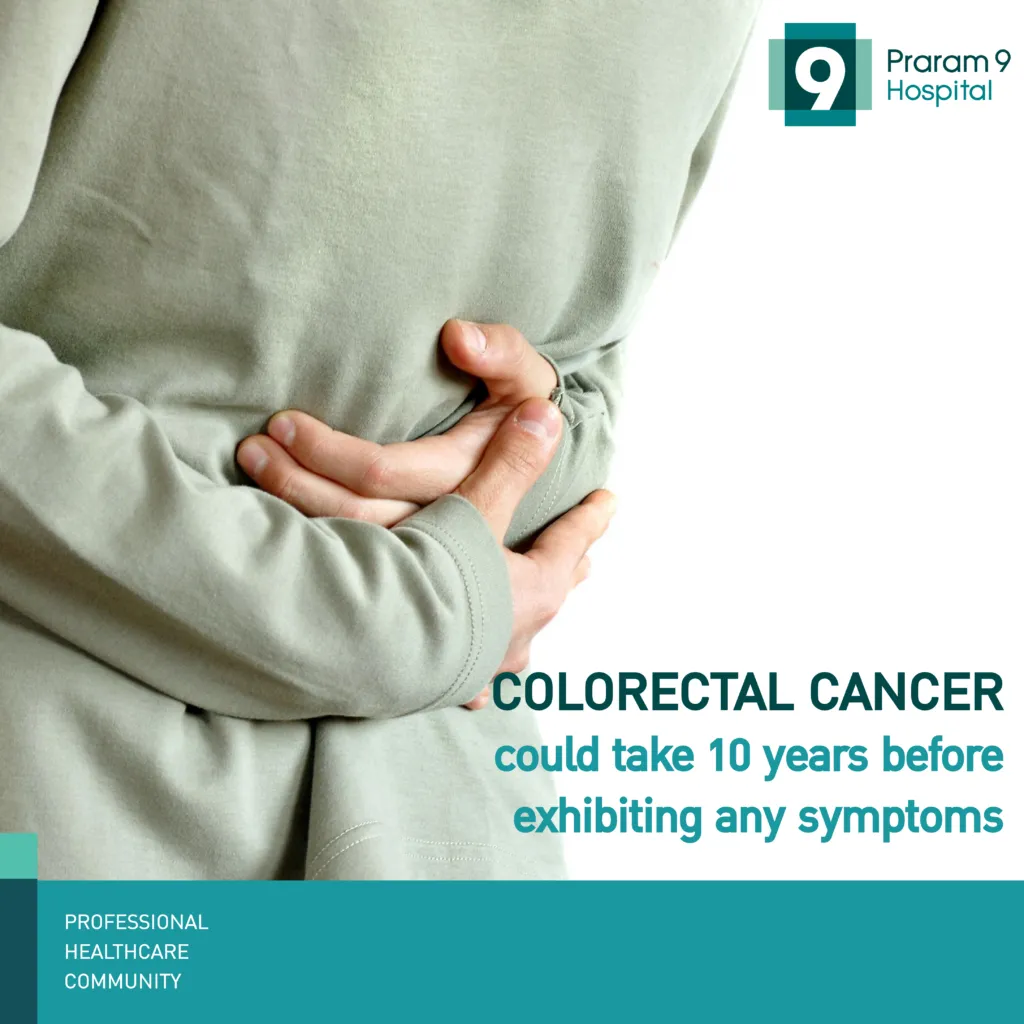Health Articles
Knowledge
Colorectal cancer could take up to 10 years before exhibiting any symptoms

Colorectal cancer could take up to 10 years before exhibiting any symptoms
An occurrence of a tumor in the colon start from cells with defective reproduction gene that, within a specific environment, can trigger those cells to divide into cancerous cells that can take up to 10 years to develop before showing symptoms. Normally, healthy cells will grow and divide into other cells in a systematic way to keep your body functioning normally. However, when the cell’s DNA is damaged, it can become cancerous. As a result of accumulation of defective cells, they form a tumor.
What are the symptoms of colon cancer?
In its early stages, patients can experience a lack of appetite due to the cancer cell producing CEA, carcinoembryonic antigen. Overtime, the accumulation of CEA can cause unexplained weight loss. The tumor that is developing can cause bleeding in the digestive tract which mixes with the stool, in some cases, the blood can be in small amount that cannot be detect visually which require chemical to detect red blood cells in the feces.
The developing tumor can start to become a blockage in the digestive tract as it increases in size which will lead to indigestion or difficulty exerting pressure to pass stool. Alternatively, the tumor can cause the waste elements to become trap in the intestine, overtime, it needs the bacteria to break them down which result in diarrhea. Occasionally, these 2 symptoms could alternate in their occurrence as well. Furthermore, the blockage can cause abdominal pain, cramps and general discomfort
In an event that the tumor has developed to a significant size or has exceed the organ boundary, the tumor will be able to be felt through the abdominal area of the patient. Towards the latter stage of the cancer, the tumor can spread to other organs and affect them as well. The affected organs will not be able to function properly which can lead symptoms such as ascites, jaundice, asthma or cough with blood.
When to see a doctor?
If these symptoms become persistent, you can make an appointment with your doctor. The doctor would be able to diagnose the condition and recommend you with methods of screening for colon cancer. The earlier the detection, the higher the chance of effective treatment.














